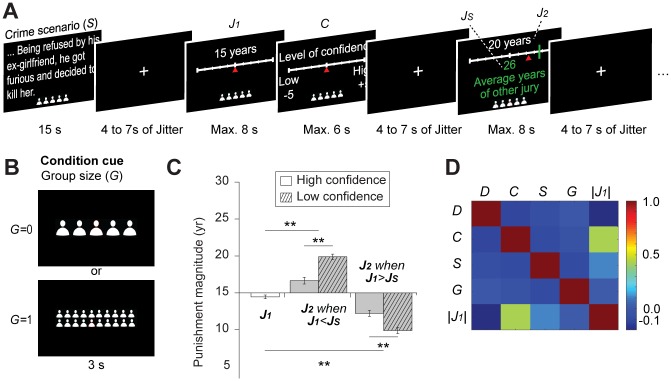Fig 1. Experimental design and changes in legal judgments of participants while confronted with the judgments of other jurors.
(A) After reading a murder case (52 scenarios in total), participants made their first judgment (J1) by deciding how many years in prison the criminal should be punished with, then they rated their own confidence level in this initial judgment, and eventually reconsidered their initial judgment to make their second and final judgment (J2) when provided with the averaged judgment of other jury members. Thus, participants could change the magnitude of their punishment from J1 to J2 after considering social information (the judgment of a social group, JS), which was the average number of prison years prescribed by the other jurors. Participants were informed that the other jurors were previous participants who had high-level confidence in their judgments. Our functional MRI (fMRI) analyses were focused on brain activity associated with judgment adaptation (6th screen) while controlling for other events. (B) A cue was shown at the beginning of each block to indicate the condition—5 jury members (small group trials, G = 0) or 20 jury members (large group trials, G = 1), providing the total number of members of the jury who participated in the judgment. (C) Behavioral results show that participants changed their initial judgment J1 to J2 to conform to the averaged judgment of other members, JS. Such change was modulated by the confidence that participants assigned to their initial judgment, J1 (**, P < 0.01). That is, in trials with low confidence, participants increased (respectively decreased) their sentence if it was lower (respectively higher) than the one from other jury members. (D) Color-map showing noncollinearity among factors considered to influence the changes in judgments. All experimental factors were independent, except for the correlation between one’s confidence level (C) and the initial judgments (|J1|) (P < 0.01). D: difference between judgments (JS − J1); S: type of scenario (−1, sympathetic; 1, nonsympathetic scenarios). The data underlying Fig 1C and Fig 1D can be found in S1 Data.

